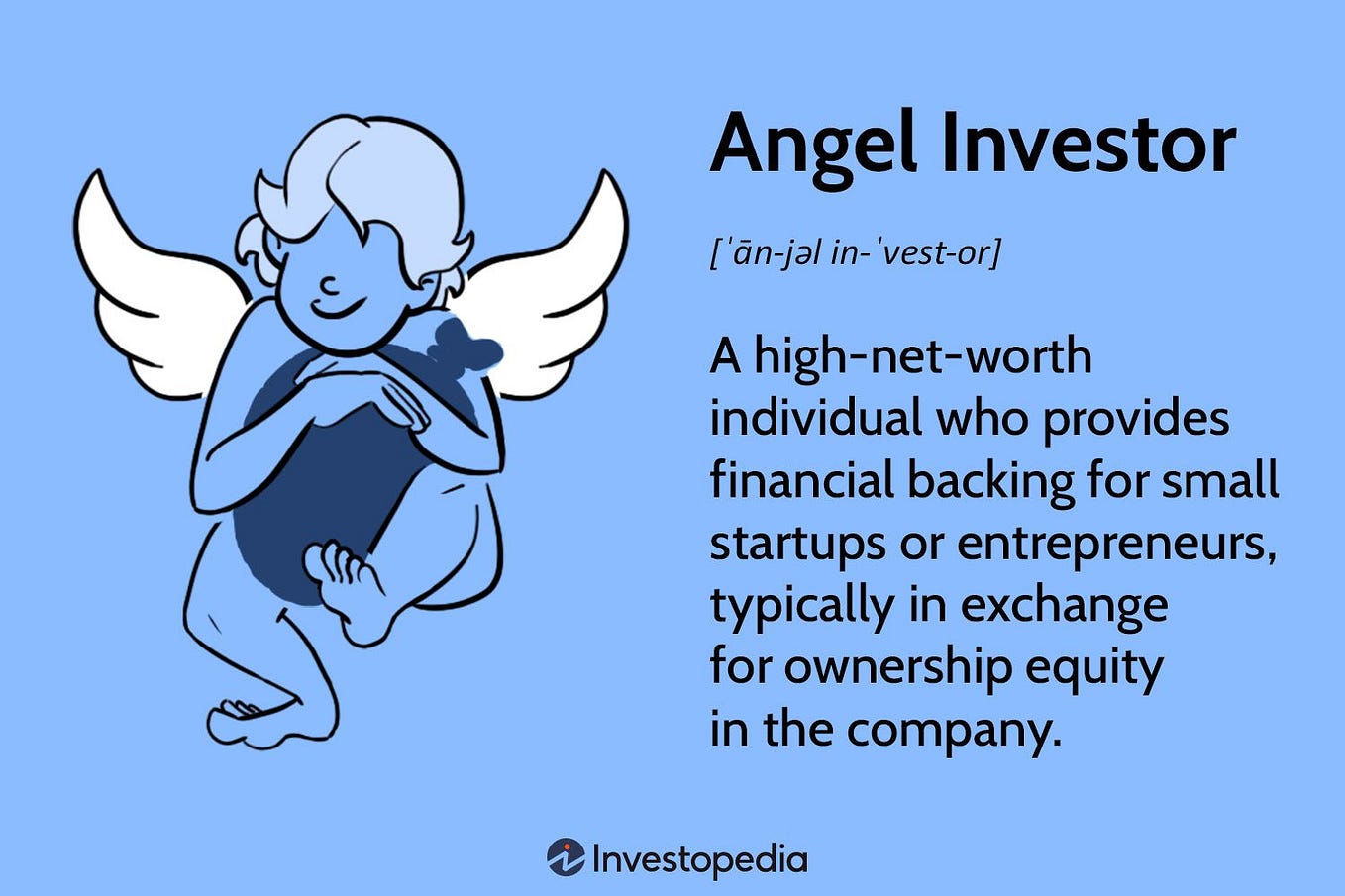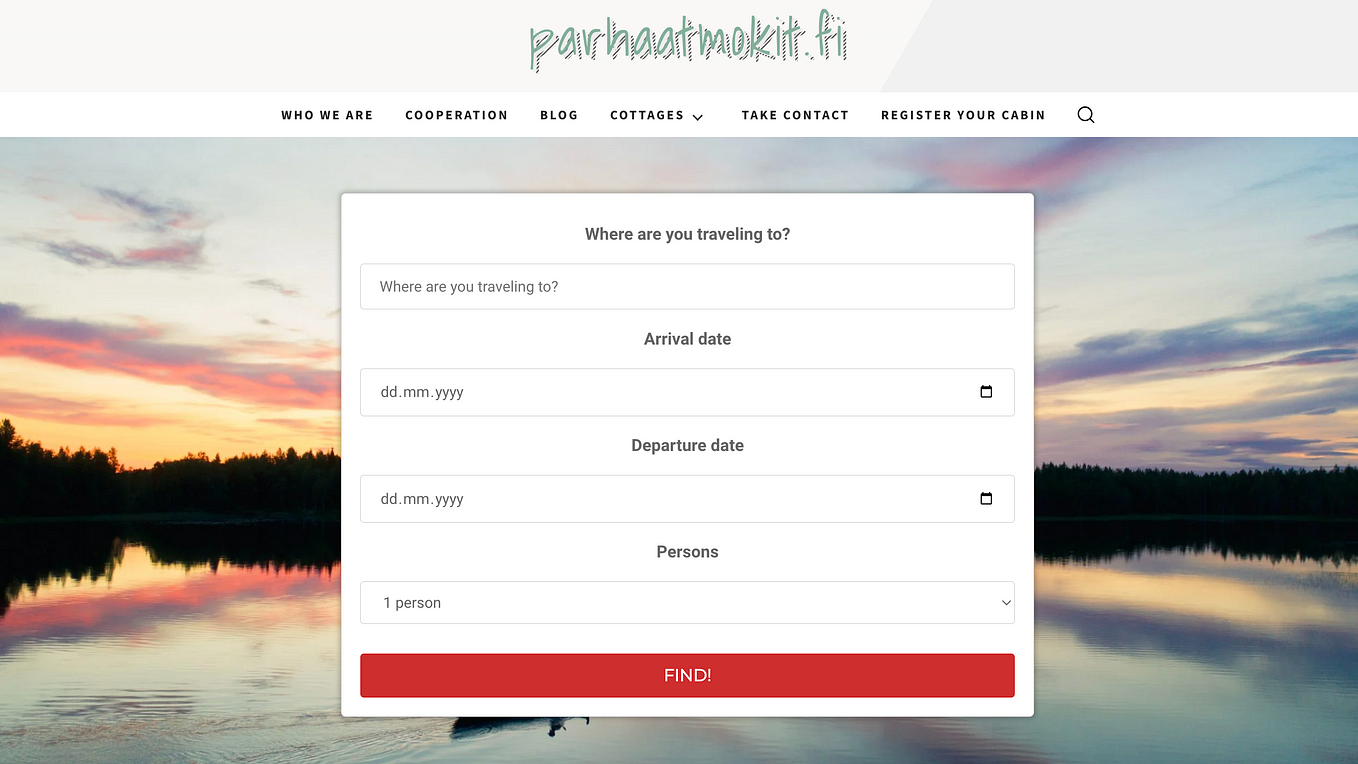From a Single Store to Global Icon: The Starbucks Startup Story
Introduction: Starbucks, the world-renowned coffeehouse chain, has become an integral part of our daily lives. From its humble beginnings in Seattle, Washington, the company has grown into a global phenomenon with thousands of stores across the globe. In this blog post, we will explore the inspiring startup story of Starbucks, tracing its origins, challenges, and the key factors that contributed to its remarkable success.
The Birth of Starbucks
Starbucks was founded in 1971 by three partners: Jerry Baldwin, Zev Siegl, and Gordon Bowker. The original vision was to create a place where people could enjoy high-quality coffee and engage in meaningful conversations. The first Starbucks store was located in Seattle’s historic Pike Place Market, and it quickly gained popularity for its artisanal approach to brewing and serving coffee.
Expansion and Howard Schultz’s Vision
In 1982, Howard Schultz, a visionary entrepreneur, joined Starbucks as the Director of Retail Operations and Marketing. Inspired by a trip to Italy, Schultz envisioned turning Starbucks into a “third place” between home and work — a welcoming environment that fostered community and elevated the coffee experience. Despite initial resistance, Schultz’s persistence led to the opening of the first Starbucks espresso bar in 1984, marking a pivotal moment in the company’s history.
Rapid Growth and IPO
Starbucks experienced rapid expansion throughout the 1980s and 1990s. By focusing on delivering a consistent and premium coffee experience, the company attracted a loyal customer base. In 1992, Starbucks went public, and its initial public offering (IPO) generated significant investor interest, reflecting confidence in the brand’s potential for growth.
Global Expansion and Strategic Partnerships
In the late 1990s and early 2000s, Starbucks embarked on an ambitious global expansion plan. It opened stores across the United States and expanded internationally, entering markets such as Japan, the United Kingdom, and China. Strategic partnerships and acquisitions, such as the acquisition of Seattle Coffee Company and Tazo Tea, further fueled Starbucks’ growth and diversified its product offerings.
Innovation and the Starbucks Experience
Starbucks continually emphasized innovation and the customer experience. The introduction of Frappuccinos, flavored beverages, and the Starbucks Rewards program helped attract new customers and drive loyalty. The company also focused on creating inviting store environments, where customers could relax, work, or socialize — a strategy that further differentiated Starbucks from its competitors.
Social Responsibility and Ethical Sourcing
Starbucks demonstrated a strong commitment to social responsibility by implementing ethical sourcing practices and supporting sustainable farming communities. The company launched the C.A.F.E. (Coffee and Farmer Equity) Practices program, which promoted fair trade and environmental sustainability. These initiatives resonated with socially conscious consumers, enhancing Starbucks’ brand reputation.
Digital Transformation and Mobile Innovation
Recognizing the evolving landscape of technology and consumer behavior, Starbucks embraced digital transformation. The introduction of the Starbucks mobile app, allowing customers to order and pay from their smartphones, revolutionized the industry. This emphasis on digital innovation enhanced convenience and personalized the customer experience.
Let’s Wrap Up!
The Starbucks startup story is a testament to the power of vision, innovation, and customer-centricity. From a single store in Seattle to a global icon, Starbucks has consistently focused on delivering high-quality coffee, fostering community, and embracing social responsibility. Through strategic expansion, partnerships, and continuous innovation, Starbucks has redefined the coffeehouse experience and become a symbol of modern consumer culture. The journey of Starbucks serves as an inspiration to aspiring entrepreneurs, highlighting the importance of staying true to a vision, adapting to changing trends, and building strong connections with customers.







